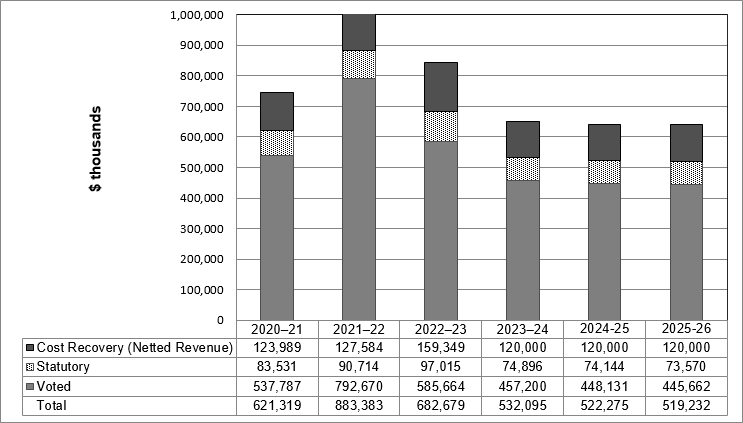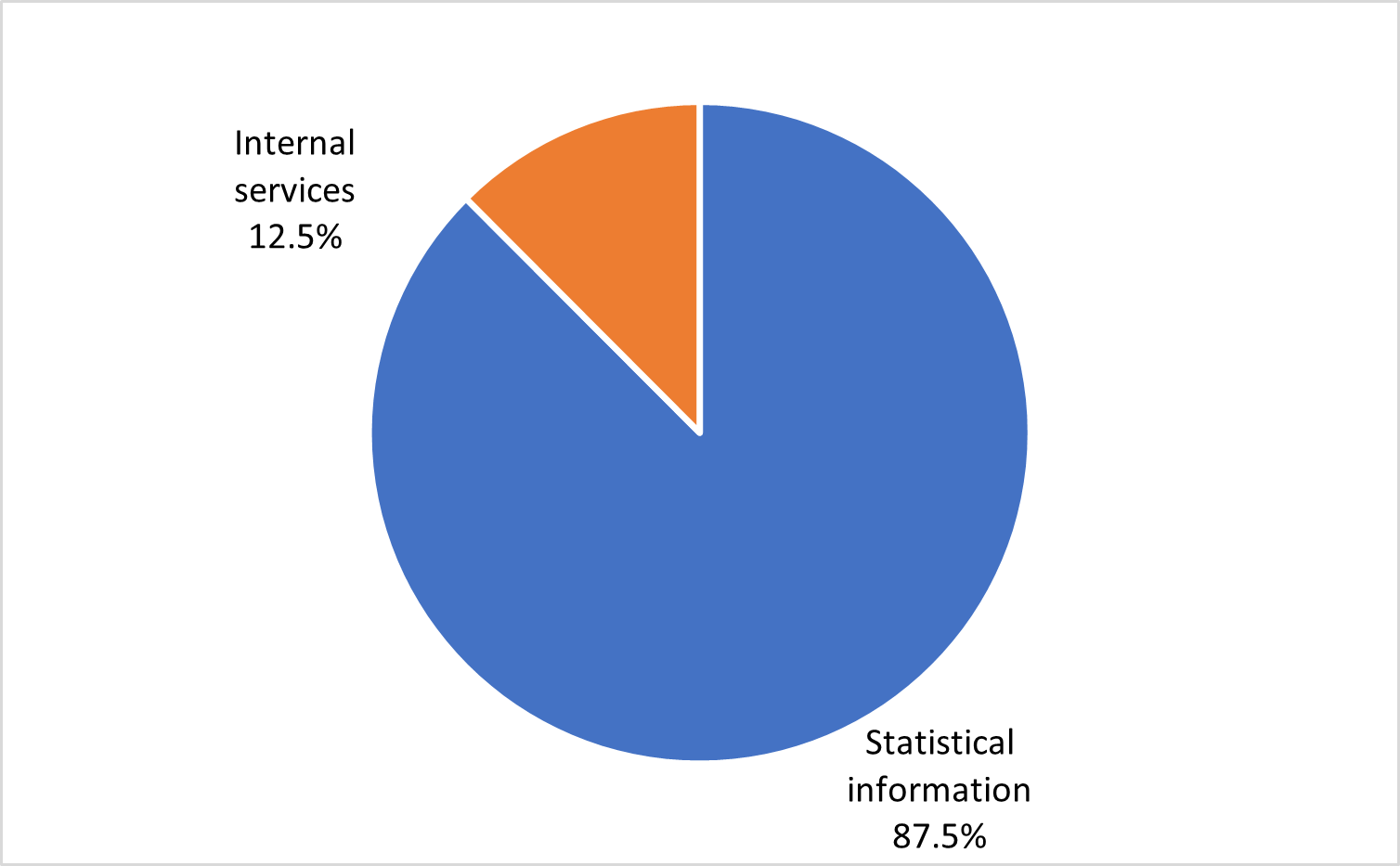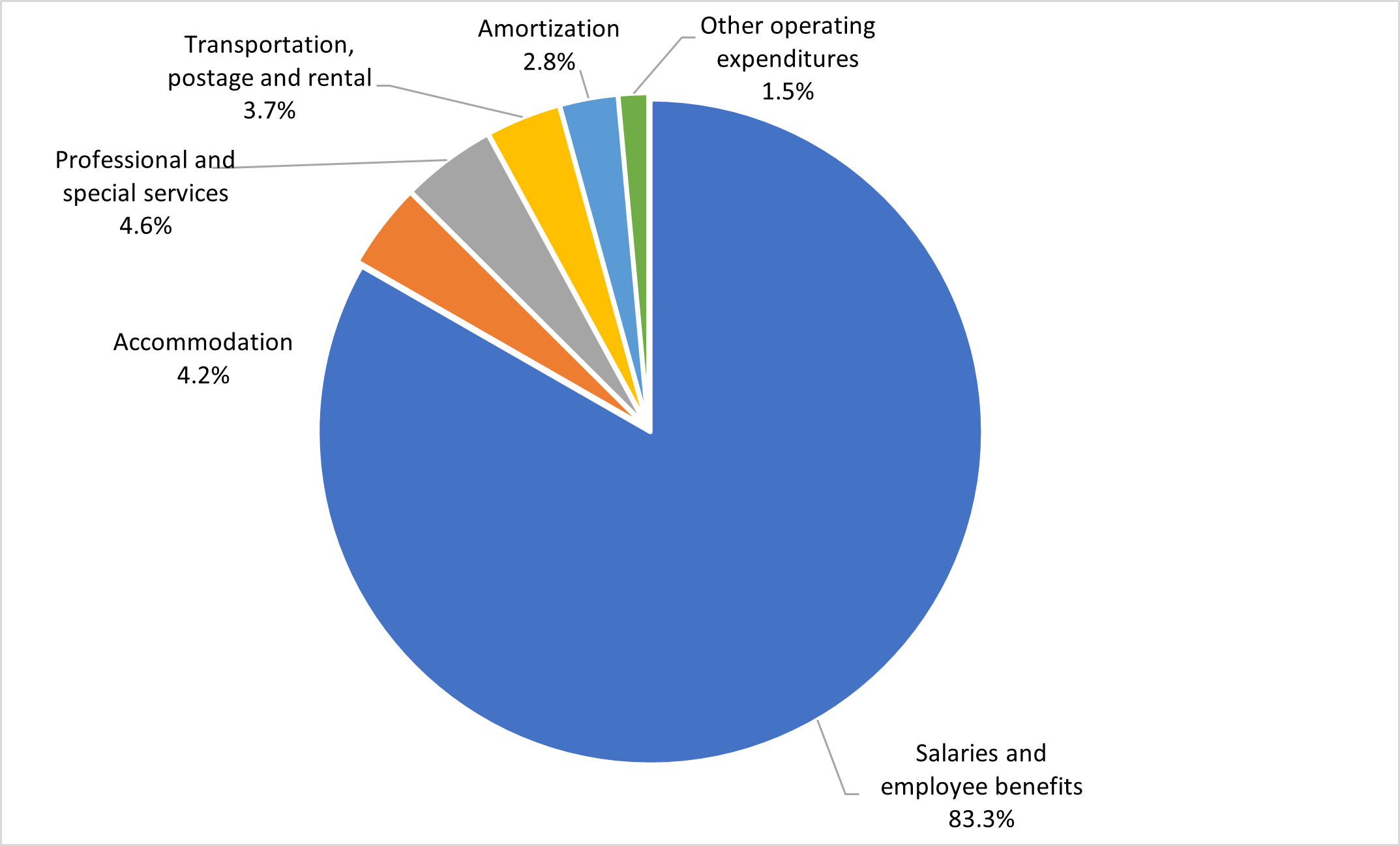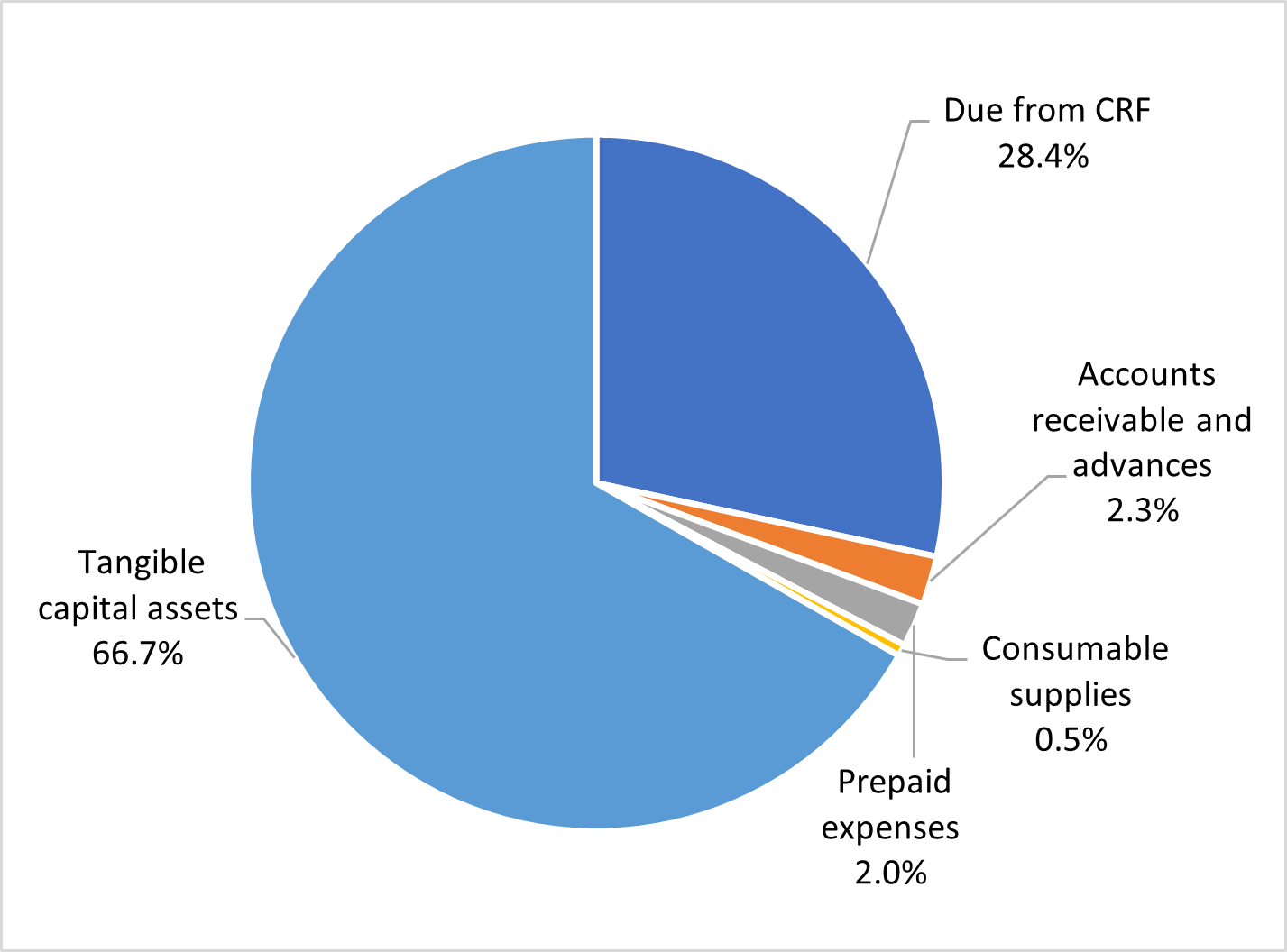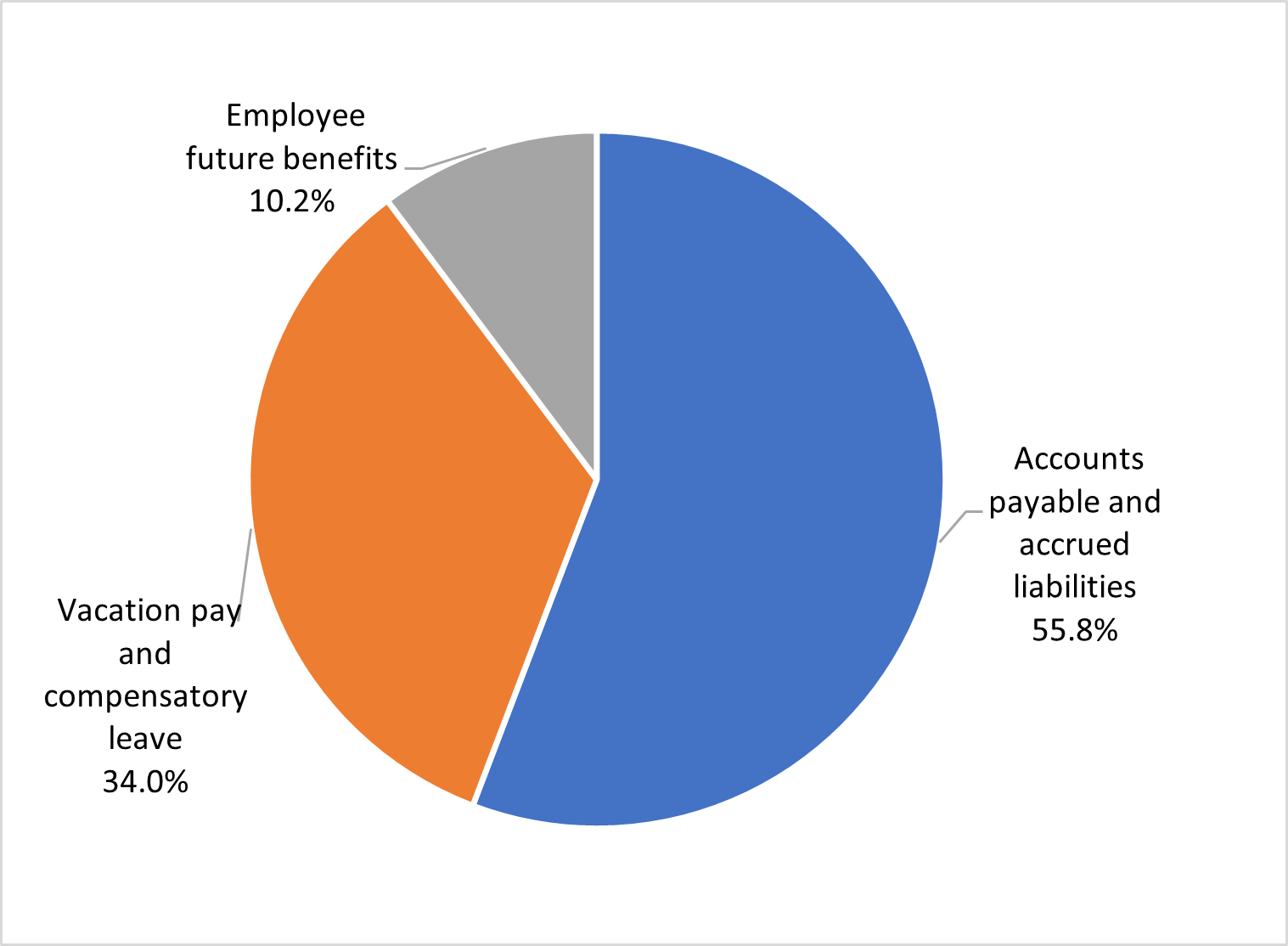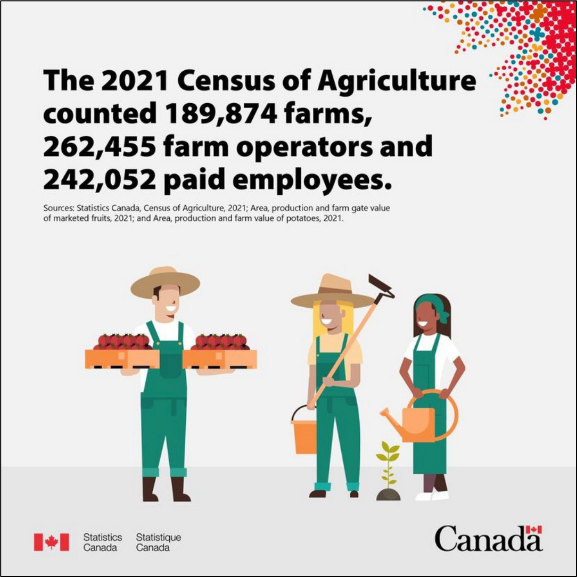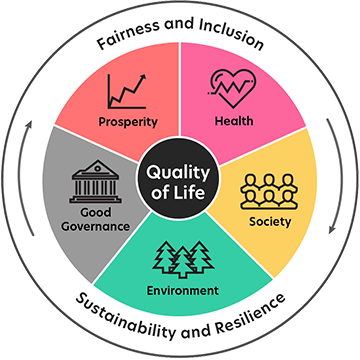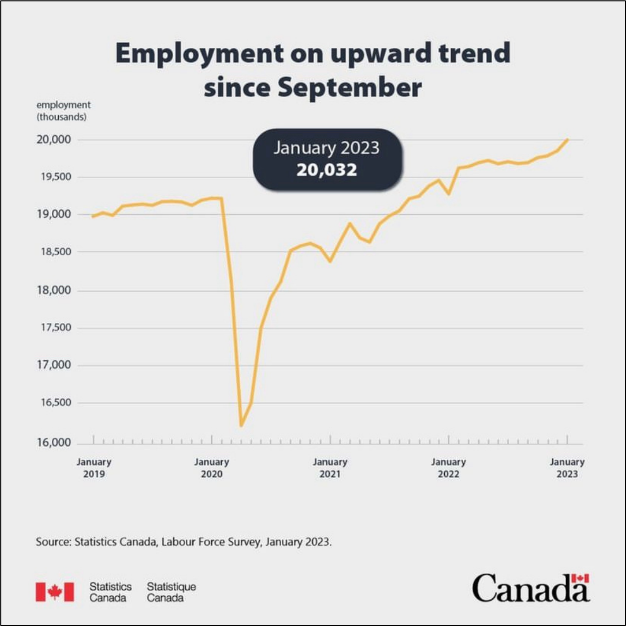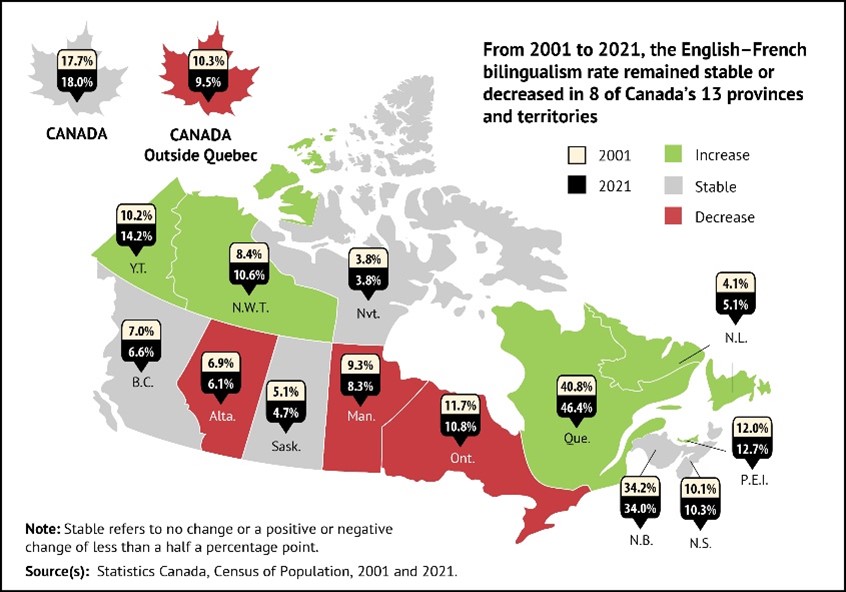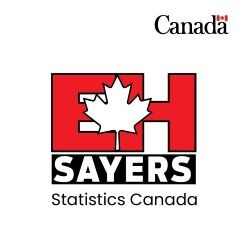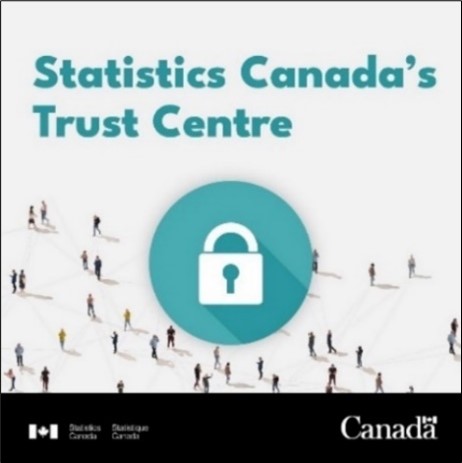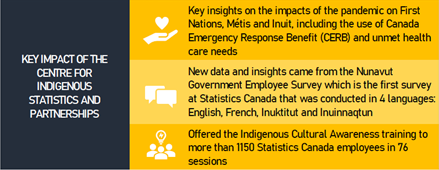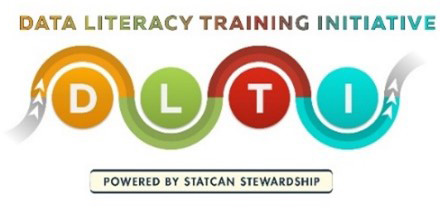Reporting instructions
Purpose
To obtain information on the supply of and demand for renewable fuels and hydrogen in Canada. This information serves as an important indicator of Canadian economic performance, is used by all levels of government in establishing informed policies in the energy area and, in the case of public utilities, is used by governmental agencies to fulfil their regulatory responsibilities. The private sector likewise uses this information in the corporate decision-making process. Your information may also be used by Statistics Canada for other statistical and research purposes.
Who must submit
To be completed by the operators of all ethanol, biodiesel, renewable diesel, alternative aviation fuel, biogas, renewable natural gas, low carbon hydrogen, and wood pellet establishments located in Canada.
When to submit
The Questionnaire must be received by Statistics Canada 10 calendar days following the month in review.
How to submit
An email invitation is sent to respondents to download and complete an Excel questionnaire and provide access to a secure portal to upload the data to Statistics Canada.
- Login to the SURVEY link.
- Download, complete, and save the questionnaire.
- Return to the SURVEY link and follow the instructions to attach the completed questionnaire.
General instructions
Submit one questionnaire for each facility.
Operations
Quantities: Report using the following criteria. Report all quantities to the nearest whole number.
Only report data for those rows and cells which are applicable to your operation.
Report all Feedstocks and Co-products quantities in Metric Tonnes.
Report all Liquid Renewable Fuel quantities in Cubic Metres.
Report all Biogas, Renewable Natural Gas and Other Gaseous Renewable Fuels in Thousand Cubic Metres.
Report all Low Carbon Hydrogen and Wood Pellets in Metric Tonnes.
All values should be positive except for Losses and Adjustments, which can be negative.
Product rows should balance: Stocks Beginning of Month + Receipts + Production = Inputs + Shipments + Fuel Use + Losses and Adjustments + Stocks End of Month.
Stocks (Beginning and End of Month)
Beginning stocks are quantities held on the 1st day of the reporting month (start of day).
Ending stocks are quantities held on the last day of the reporting month (end of day).
Include all stocks held at the establishment regardless of ownership. Reported stock quantities should represent actual measured stocks.
Exclude stocks held in tanks at establishments not operated by your company. These stocks will be reported by the companies operating those establishments.
Report all domestic and foreign stocks held at the facility.
Receipts During the Month
Report all receipts after the products are physically received at the plant.
Inputs During Month
Report the volume of feedstocks used in the production of products.
Biogas may be used as a feedstock for the production of Renewable Natural Gas.
Production During the Month
Report gross production for each product listed on the questionnaire.
Shipments During the Month
Report all shipments, including intracompany shipments after the products physically leave the plant.
Fuel Use During the Month
Report the amount of produced renewable fuel that was used as fuel at the facility.
Exclude the use of feedstocks and products not produced at the facility from fuel use. For example, exclude natural gas used as fuel at the facility. Exclude renewable natural gas used at the facility if it was not produced at the facility.
Losses and Adjustments During Month
Report all non-processing losses (e.g., spills, fire losses, contamination, flaring etc.) by product.
Exclude processing gains and losses as well as stock discrepancies caused by gauging problems.
Production Capacity of Renewable Fuel
Report the nameplate capacity of the renewable fuel facility. Capacity should be reported initially, and then only when there are changes. The nameplate capacity is also called the rated capacity, nominal capacity or installed capacity. It is the intended full-load output of a facility. Nameplate capacity may be reported as a per day, per month or per year value.
If more than one fuel is produced, add extra information in the comments box.
High Heating Value of Renewable Fuel
Report the average high heating value of the renewable fuel produced. High heating value is also called gross calorific value.
If more than one renewable fuel is produced, add extra information in the comments box.
Renewable fuel producers who use the renewable fuel only for fuel use (heating, electricity etc.) at the production facility are exempt from reporting the high heating value.
Percent Methane by Volume Contained in Biogas
Report the average percent methane by volume contained in produced biogas.
Temperature at which Biogas was Measured
If possible, report at 15 degrees Celsius.
Pressure at which Biogas was Measured
If possible, report at 101.325 kPa.
Receipts Tab
Report receipts of feedstocks by the region of origin (province/territory/outside Canada). The sum of each line on the receipts tab should be equal to the amount entered into receipts of the corresponding line on the Main tab.
Shipments Tab
Report shipments of renewable fuels and co-products by the region of destination (province/territory/outside Canada). The sum of each line on the shipments tab should be equal to the amount entered into shipments of the corresponding line on the Main tab.
Feedstocks
Report feedstocks used for production of renewable fuels.
Exclude the quantity of natural gas used for heating buildings and facility operations other than production of renewable fuels.
Exclude the quantity of water used in facility operations other than the production of renewable fuels.
Landfill Biogas
Report the entire quantity of gas captured as production, including methane, carbon dioxide and other gases.
Report the average percent methane by volume in the section “Additional Information”.
Report the amount of biogas used for heat or electricity at the facility as Fuel Use.
Report the amount of biogas used to produce electricity for sale to the electrical grid as Shipments.
Report the amount of biogas used to produce steam for sale as Shipments.
Report the temperature and pressure at which the landfill biogas is stored in the section “Additional Information”.
Do not report the amount of municipal solid waste and other feedstocks used in the production of landfill gas, as there is not a relationship between the amount of municipal solid waste received in a month and the amount of gas produced.
Landfill gas reporters are exempt from reporting production capacity.
Anaerobic Digester Biogas
Report the entire quantity of gas captured as production, including methane, carbon dioxide and other gases.
Report the average percent methane by volume in the section “Additional Information”.
Report the temperature and pressure at which the biogas is stored in the section “Additional Information”.
Report the amount of biogas used for heat or electricity at the facility as Fuel Use
Report the amount of biogas used to produce electricity for sale to the electrical grid as Shipments
Report the amount of biogas used to produce steam for sale as Shipments.
For anaerobic digester biogas produced at a wastewater treatment plant report only the solid portion of the wastewater treatment sludge feedstock.
Report source separated organics under municipal solid waste.
Renewable Natural Gas
Report renewable natural gas production in the province in which it physically takes place. Information regarding virtual pipeline deliveries may be entered on the Blank tab in the questionnaire.
Biogas may be used as an input to renewable natural gas.
Hydrogen
Report the amount of natural gas used as an input to make hydrogen.
Exclude the amount of natural gas used as a fuel at the facility.
Carbon Dioxide (for Capture and Storage)
Report the amount of carbon dioxide captured during the production of renewable fuels.
Report deliveries of carbon dioxide to long term storage facilities as Shipments. If the carbon dioxide is stored at the facility report as Stocks.
PROVISIONS REGARDING CONFIDENTIALITY OF INFORMATION AND DATA SHARING
Confidentiality
Statistics Canada is prohibited by law from releasing any information it collects which could identify any person, business, or organization, unless consent has been given by the respondent or as permitted by the Statistics Act. Statistics Canada will use the information from this study for statistical and research purposes.
Data-sharing agreements
To reduce respondent burden, Statistics Canada has entered into data-sharing agreements with provincial and territorial statistical agencies and other government organizations, which have agreed to keep the data confidential and use them only for statistical purposes. Statistics Canada will only share data from this study with those organizations that have demonstrated a requirement to use the data.
PRODUCT DEFINITIONS
Agricultural Biomass Residues. Agricultural biomass includes living and recently dead biological materials from plants and animal wastes.
Alternative Aviation Fuel. A fuel with similar properties to kerosene jet fuel used to power aircraft and made from biomass feedstocks by way of several pathways. Sometimes called Sustainable Aviation Fuel or Low Carbon Aviation Fuel.
Animal Fats. By-product from meat processing plants, including poultry and beef tallow.
Bio-crude/Bio-oil. Bio-crude is a liquid biofuel produced by the liquefaction of biomass in thermal processing. Bio-oil is a liquid biofuel produced from pyrolysis of biomass, sometimes referred to as pyrolysis oil. These products may be used as a low carbon fuel or heating oil, or may be used as an input to certain refinery units. Unprocessed vegetable oils and animal fats should not be included.
Biodiesel Fuel (FAME). It is a liquid fuel that is comprised of at least one mono-alkyl ester produced from one or more renewable fuel feedstocks in reaction with an alcohol reactant and is suitable for use in a diesel engine. It is also known as fatty acid methyl esters (FAME) and is made from renewable fuel feedstocks.
Biogas. A gaseous mixture that is recovered from the anaerobic decomposition of biomass and that consists primarily of methane and carbon dioxide and contains other constituents that prevent it from meeting the stan¬dard for injection into the nearest natural gas pipeline.
Landfill Biogas. A biogas produced as a byproduct of the anaerobic decomposition of organic matter in municipal waste.
Anaerobic Digester Biogas. A biogas purpose made from the anaerobic decomposition of biomass in an anerobic digestor.
Cereal Grains. Cereal Grains are wheat, corn, rye, barley, oats, and triticale.
Distiller’s corn oil. Distiller’s corn oil is a co-product of the ethanol production process. It is used as feedstock for biodiesel production.
Dried Distillers Grains (DDGS). They are nutrient and protein rich co-products from dry-milled ethanol production and contain primarily unfermented grain residues (protein, fibre, fat) that has been dried to 10-12% moisture.
Forestry Biomass Residues. Forest biomass residues are used or can be used for energy production. These include firewood, forest residues from thinning and felling, debris accumulated from clearing the forest floor to prevent forest fires, and any other by-products of the lumber or pulp and paper industry.
Fuel Ethanol. An anhydrous alcohol (ethanol with less than 1% water) intended for gasoline blending that is produced from one or more renewable fuel feedstocks.
Glycerol/Glycerine. The glycerol backbone is found in many lipids which are known as glycerides and is a by-product of the biodiesel/FAME manufacturing process.
Hydroprocessed Fermented Sugars. C5 and C6 sugars that have been separated and concentrated through hydroprocessing. May be upgraded to alternative aviation fuel. Feedstocks for this process commonly include sugarcane, sugar beets, sweet sorghum, halophytes and cellulosic sugars.
Industrial Ethanol (including Food Grade). Ethanol that is produced for use in the food industry and other non-food industrial applications.
Low Carbon Hydrogen Produced from Steam Methane Reforming with Carbon Capture. Hydrogen produced from natural gas at a steam methane reformer with carbon capture technology. Sometimes referred to as blue hydrogen.
Low Carbon Hydrogen Produced from Electrolysis. Hydrogen produced by the electrolysis of water using low carbon electricity. Sometimes referred to as green hydrogen.
Low Carbon Hydrogen Produced from Biomass. Hydrogen produced from the gasification of biomass.
Low Carbon Hydrogen Produced from Other Methods. Low carbon hydrogen produced from methods other than the ones above, including auto-thermal reforming with carbon capture technology.
Methanol. The simplest form of alcohol. A light, colorless liquid similar to ethanol. However, methanol is much more toxic. It is frequently used as a denaturant additive for ethanol manufactured for industrial purposes.
Municipal solid waste. Municipal Solid Waste refers to recyclables and compostable materials, as well as garbage from homes, businesses, institutions, and construction and demolition sites. It consists of everyday items we use and then throw away, such as product packaging, grass clippings, furniture, clothing, bottles, food scraps, newspapers, appliances, paint, and batteries
Other co-products. Co-products are desirable secondary goods that are generated during the manufacturing process and can be sold or reused profitably. They might also be products that are usually manufactured together or sequentially because of product or process similarities.
Other Biomass Residues Feedstocks. By-products, residues or waste streams from other industrial processes not found within agriculture or forestry.
Renewable Diesel Fuel (HDRD/HVO). Hydrogenation-derived renewable diesel (HDRD) or hydrogenated vegetable oil (HVO) is a diesel substitute that can be derived from renewable fuel feedstocks.
Renewable Natural Gas. Gas that meets the standard for injection into the closest natural gas pipeline and that is either synthetic natural gas derived from biomass or gas derived from the processing of biogas. Sometimes referred to as biomethane.
Wet Distillers Grains with Solubles (WDGS). Nutrient and protein rich co-products from the fermentation of corn starch to ethanol which contain primarily unfermented grain residues (protein, fibre, fat) and up to 70% moisture.
Wastewater Treatment Sludge. Solid or semi-solid by-product of the wastewater treatment process, composed of organic and inorganic materials.
